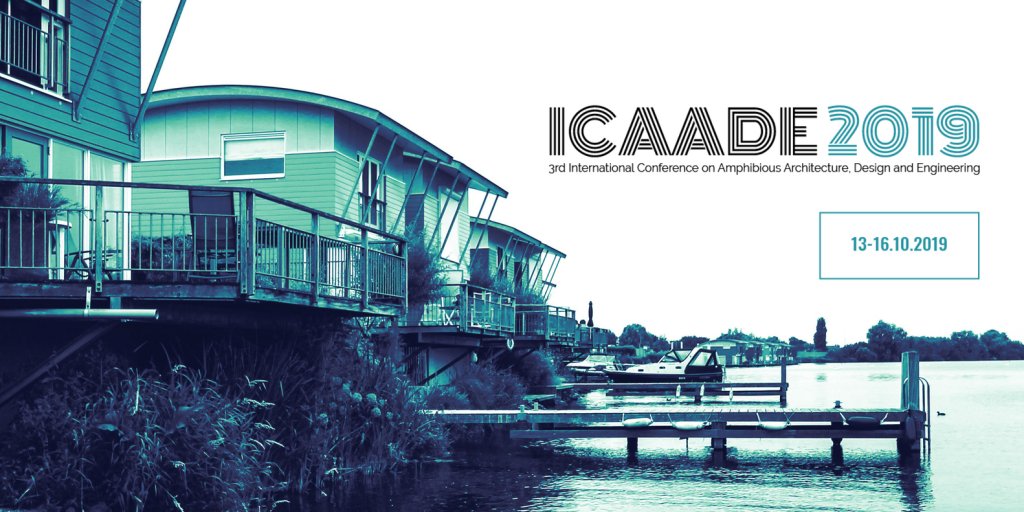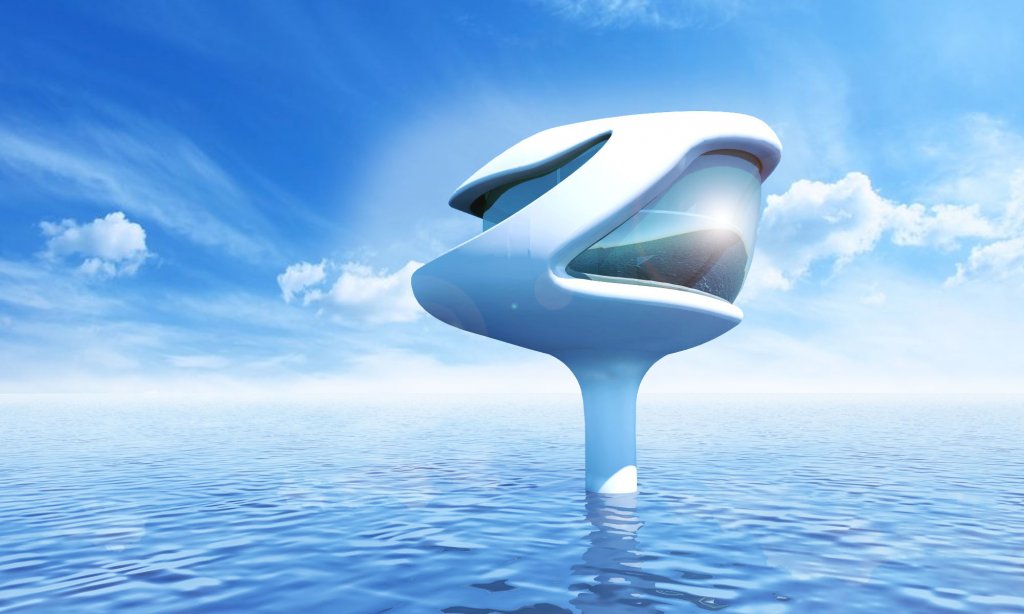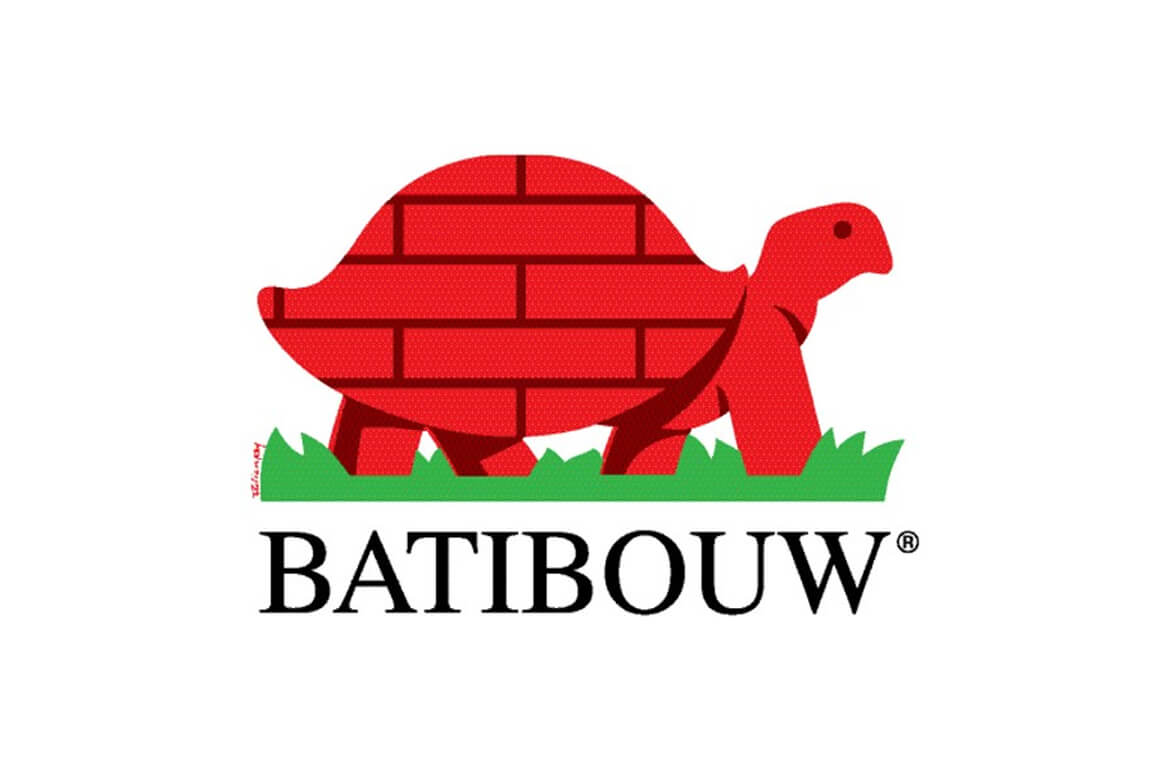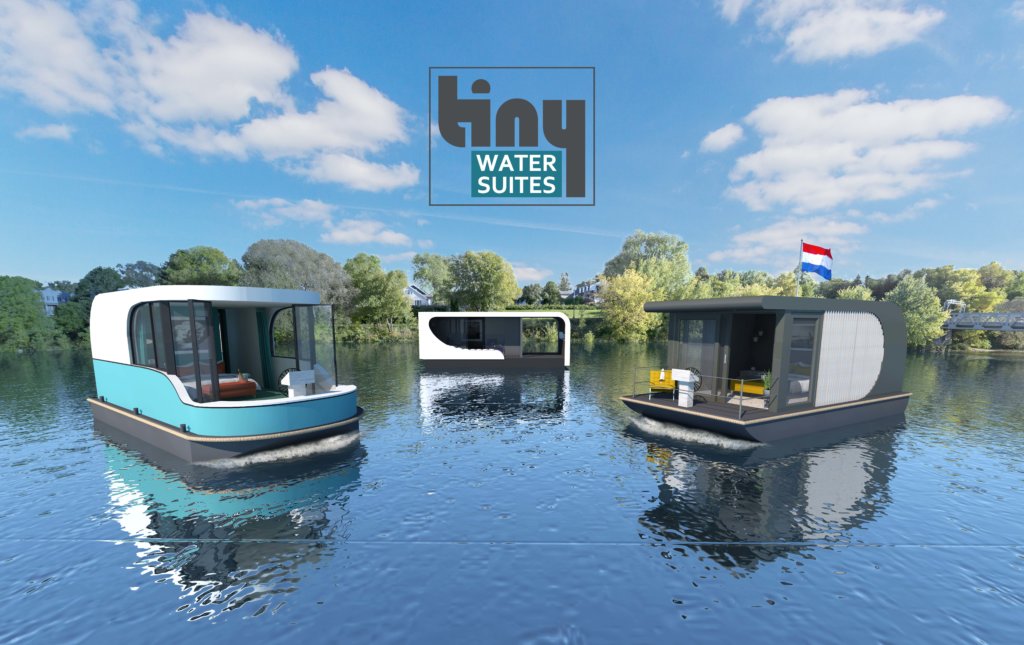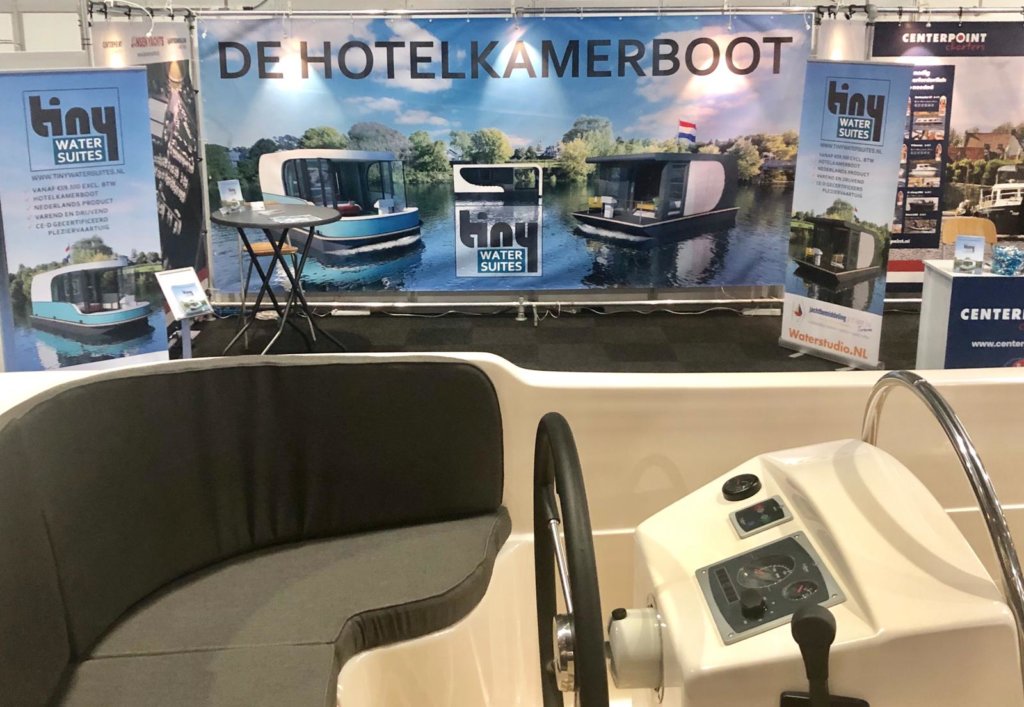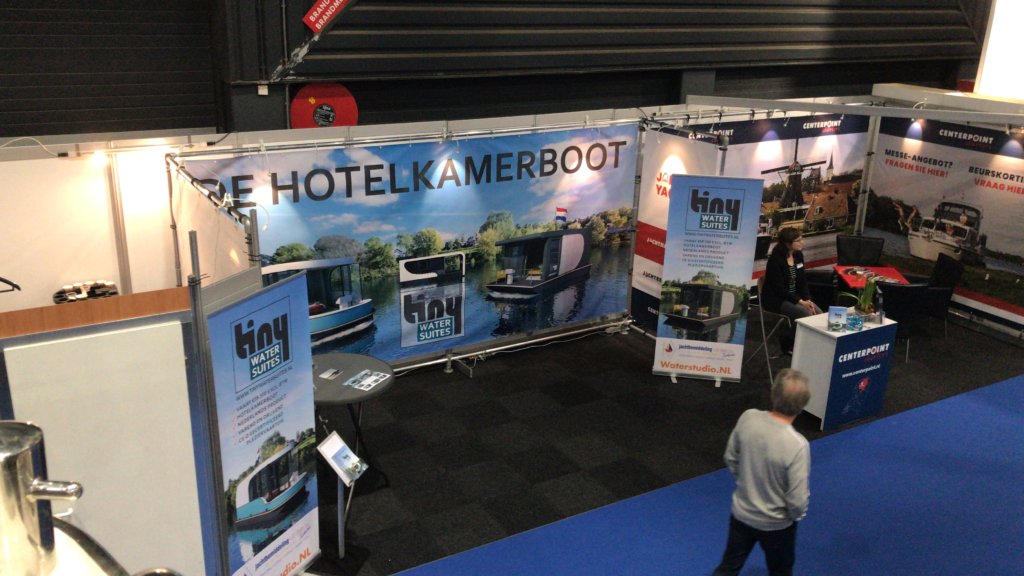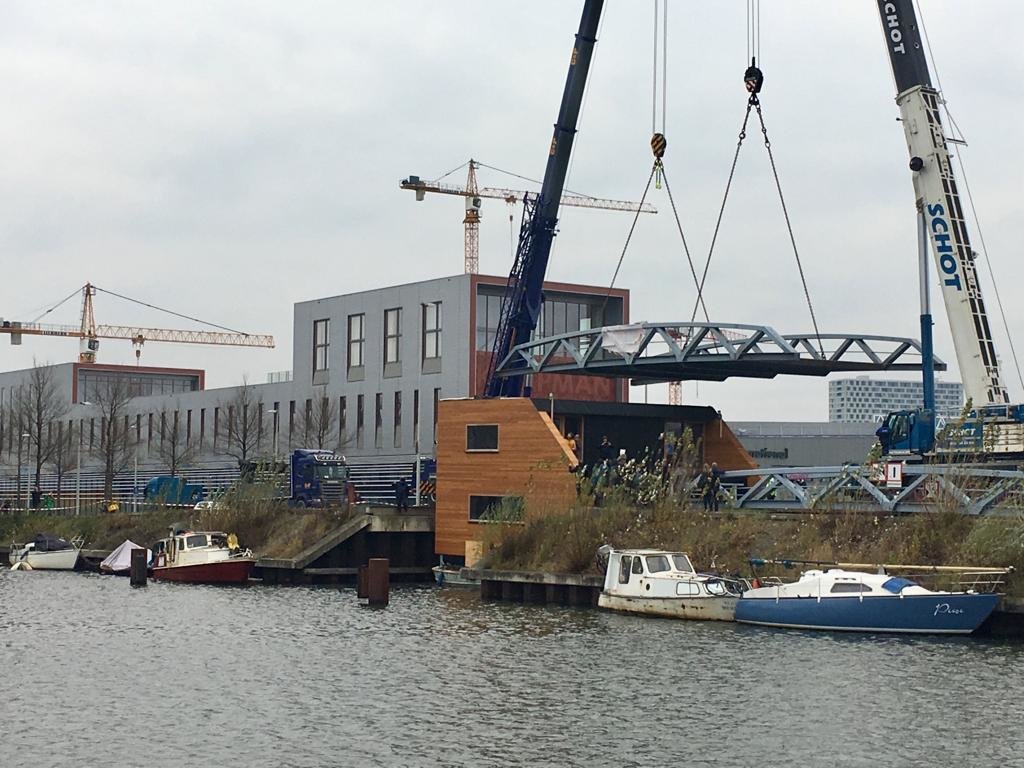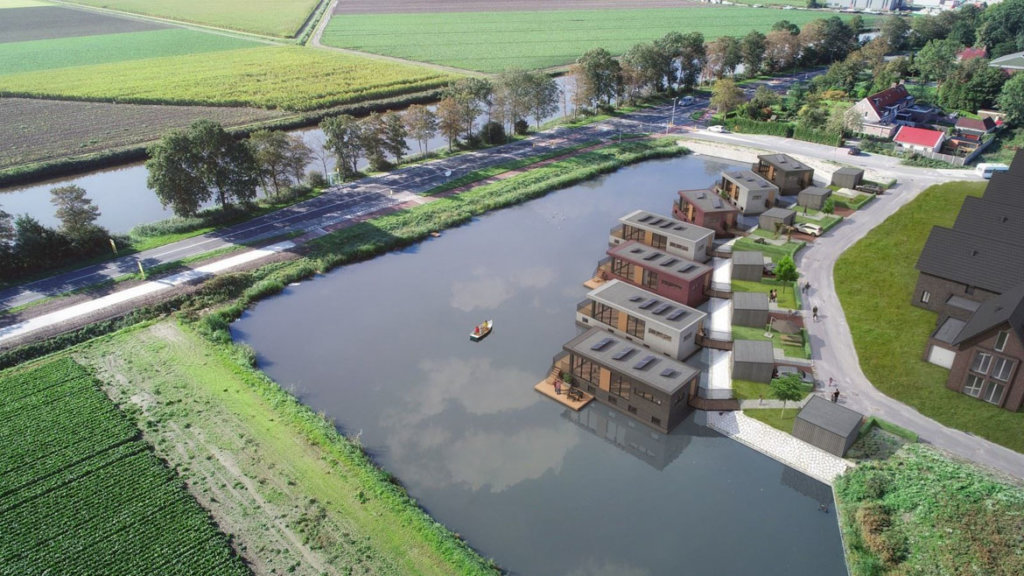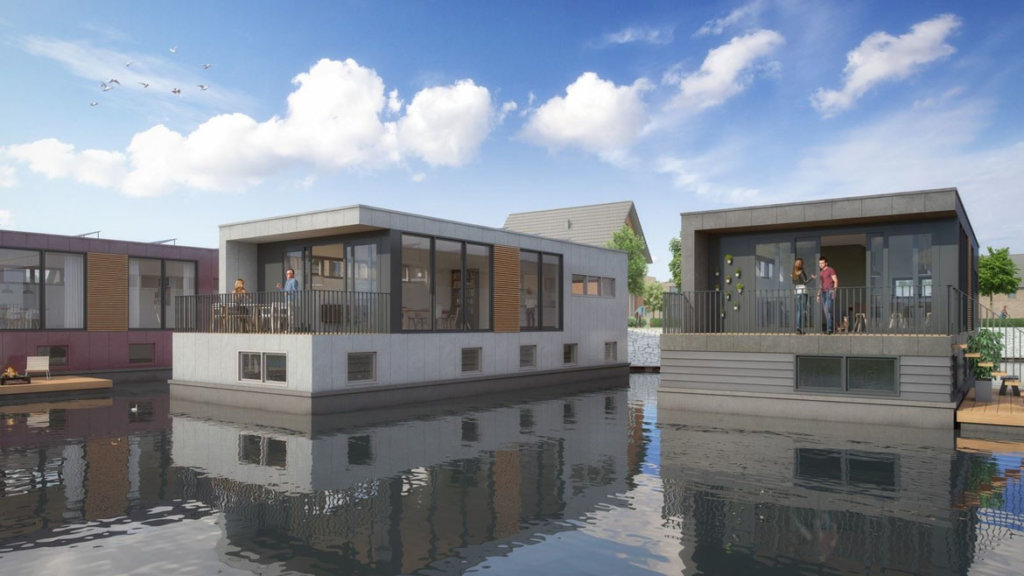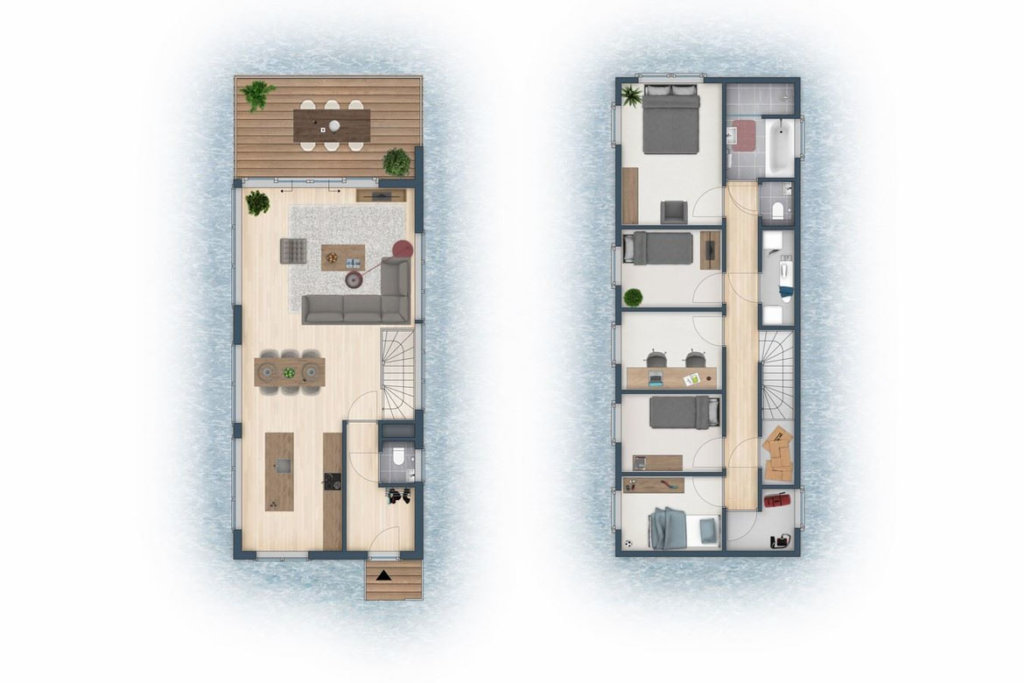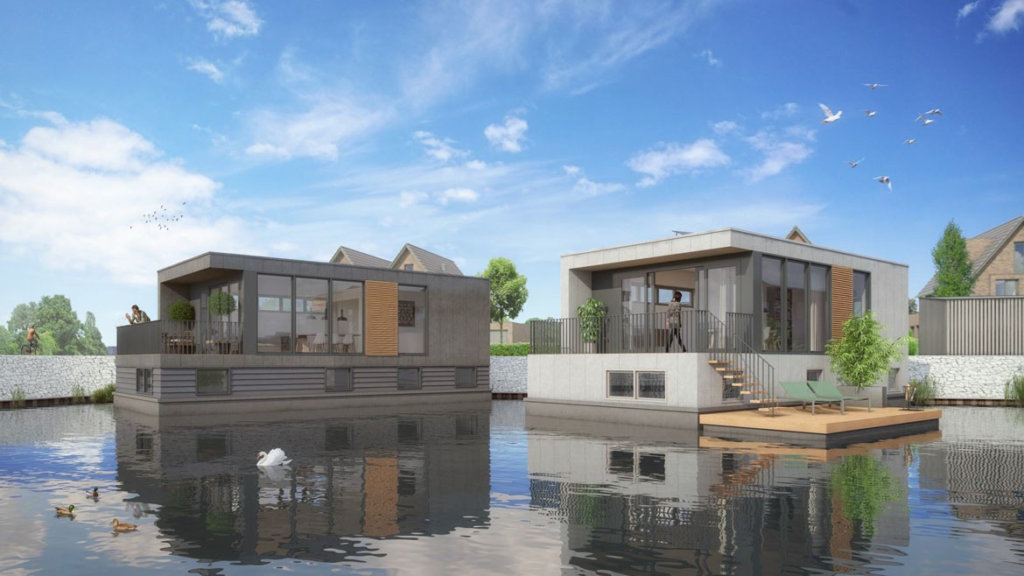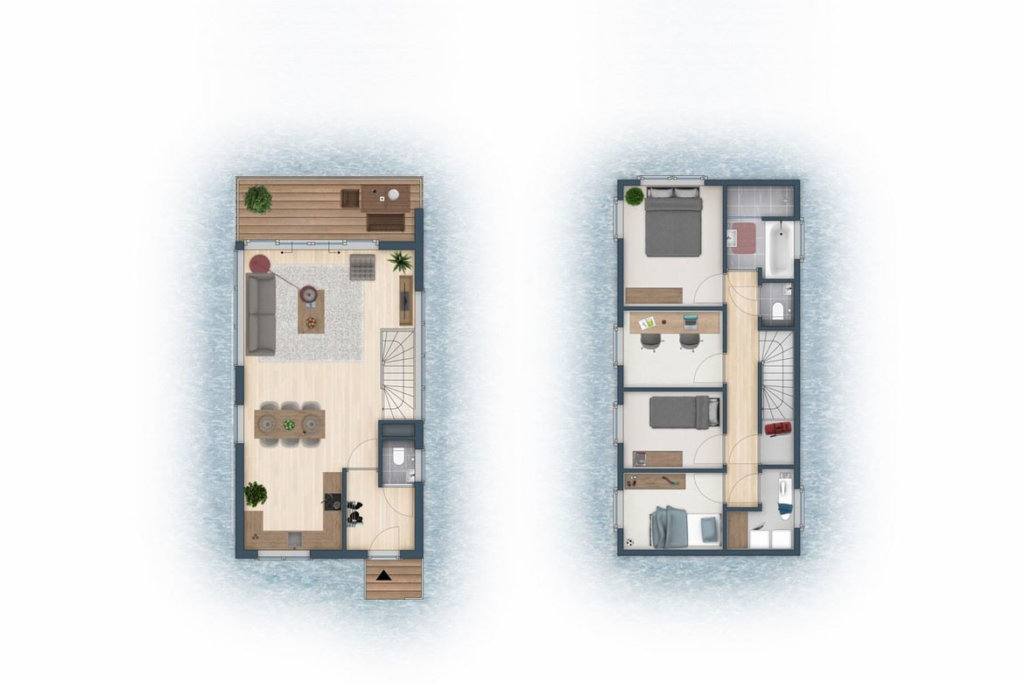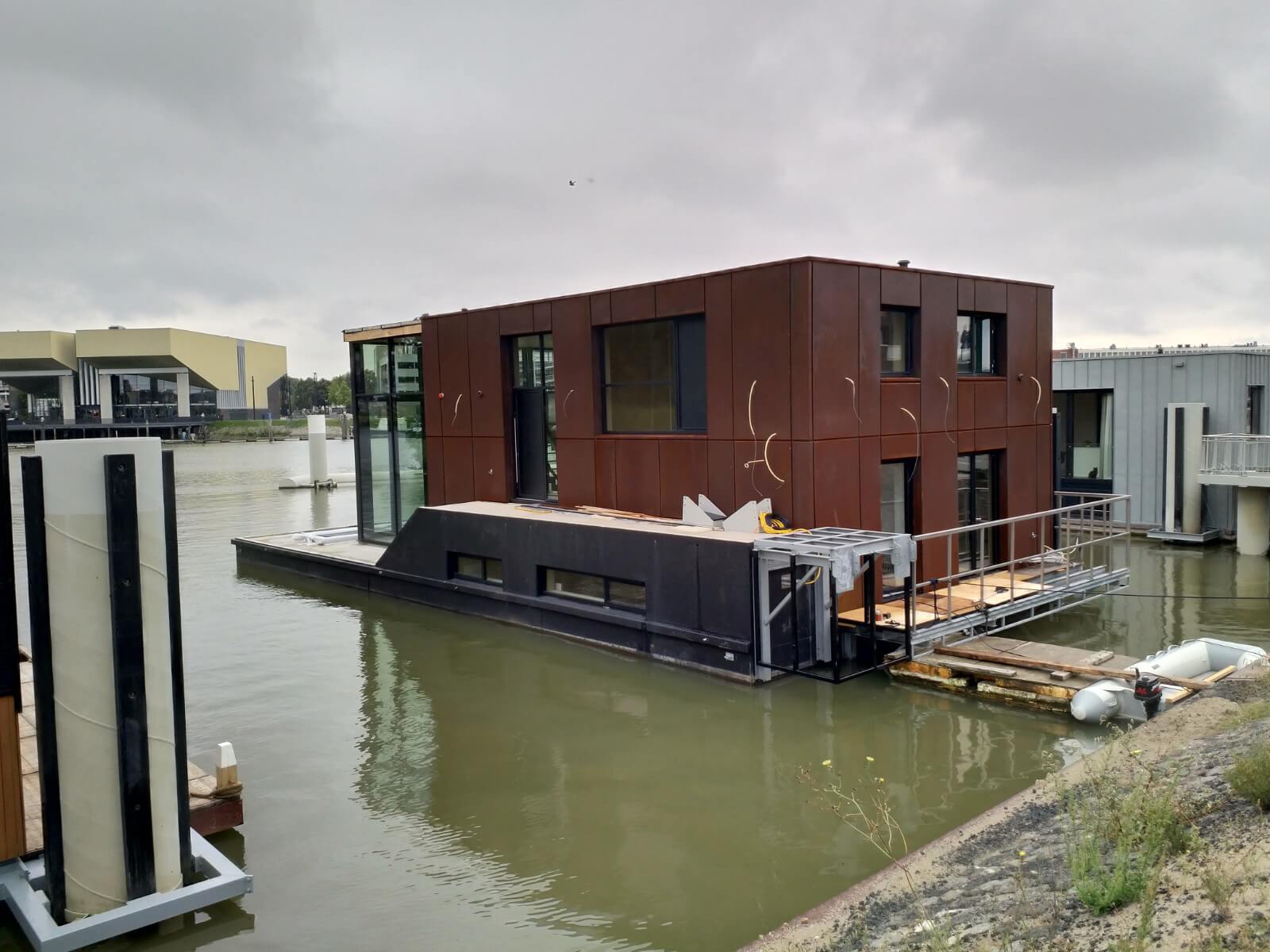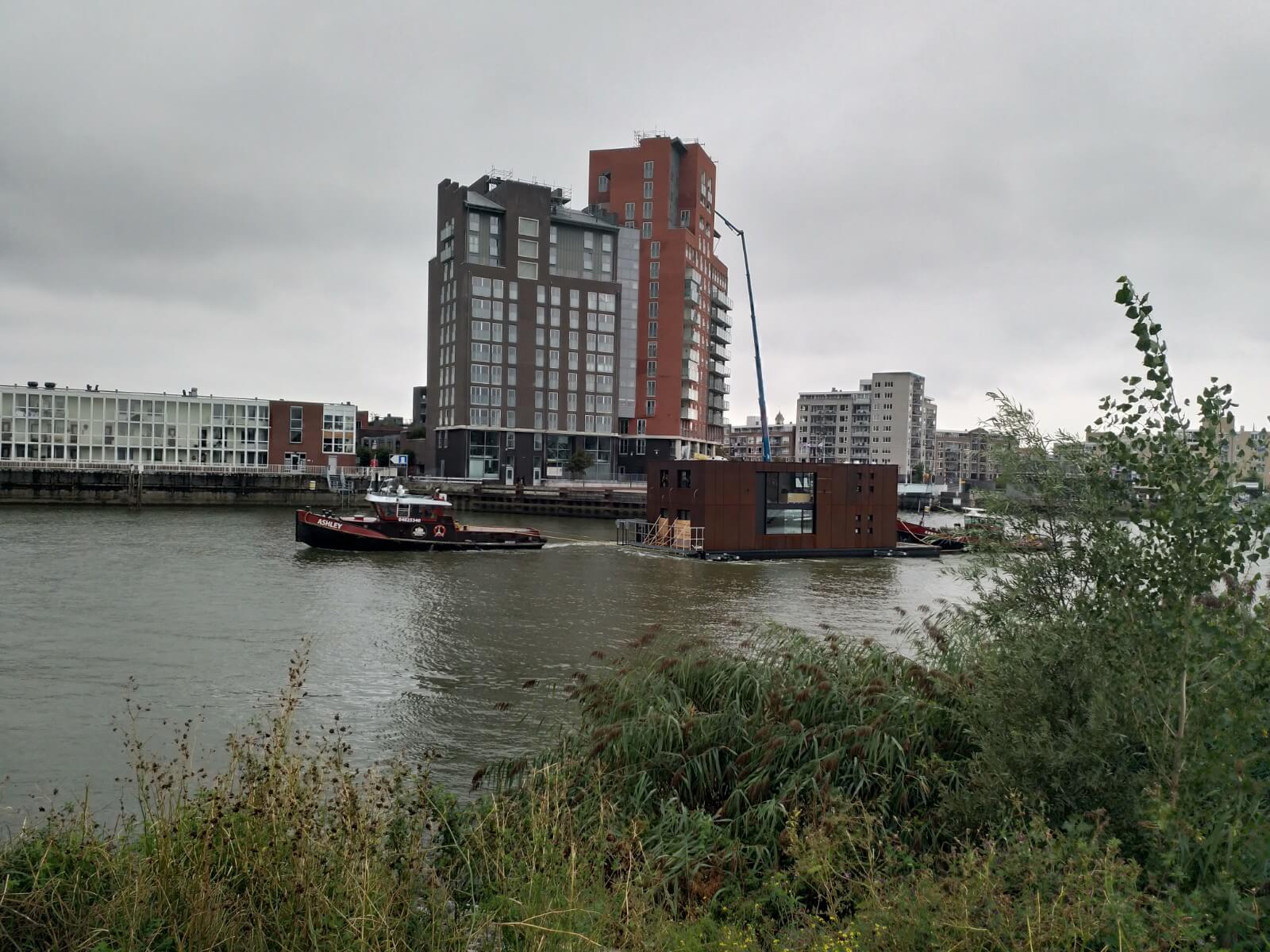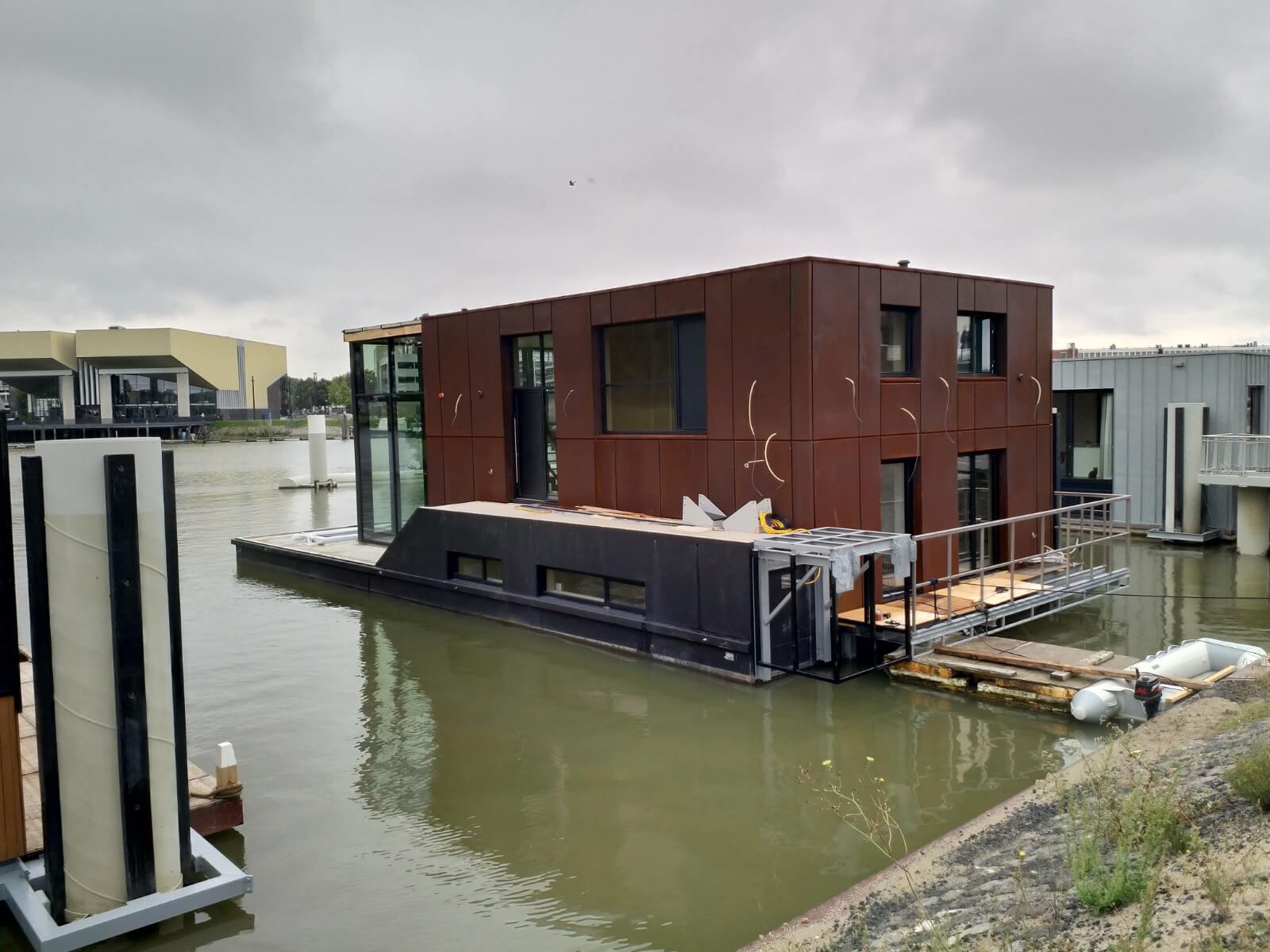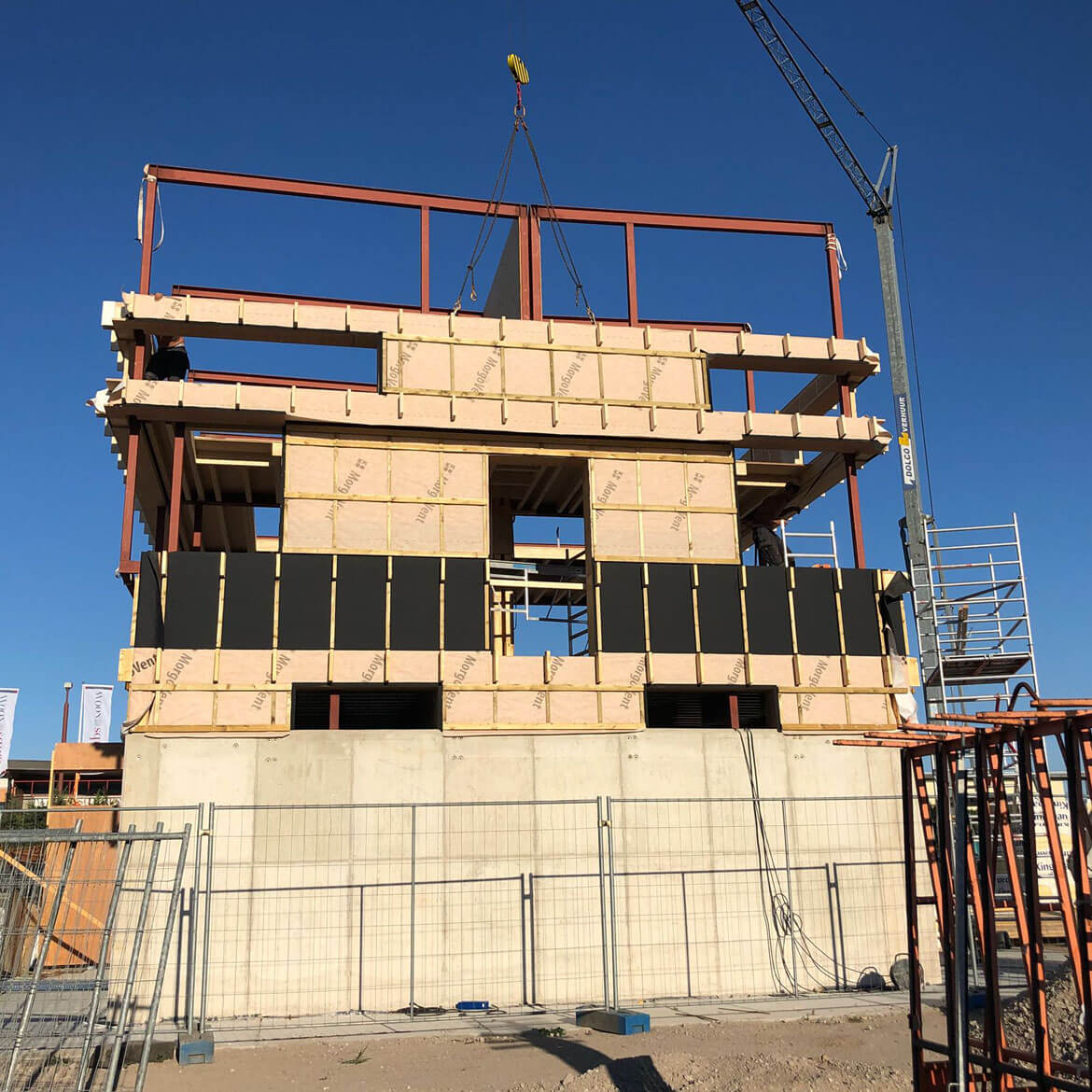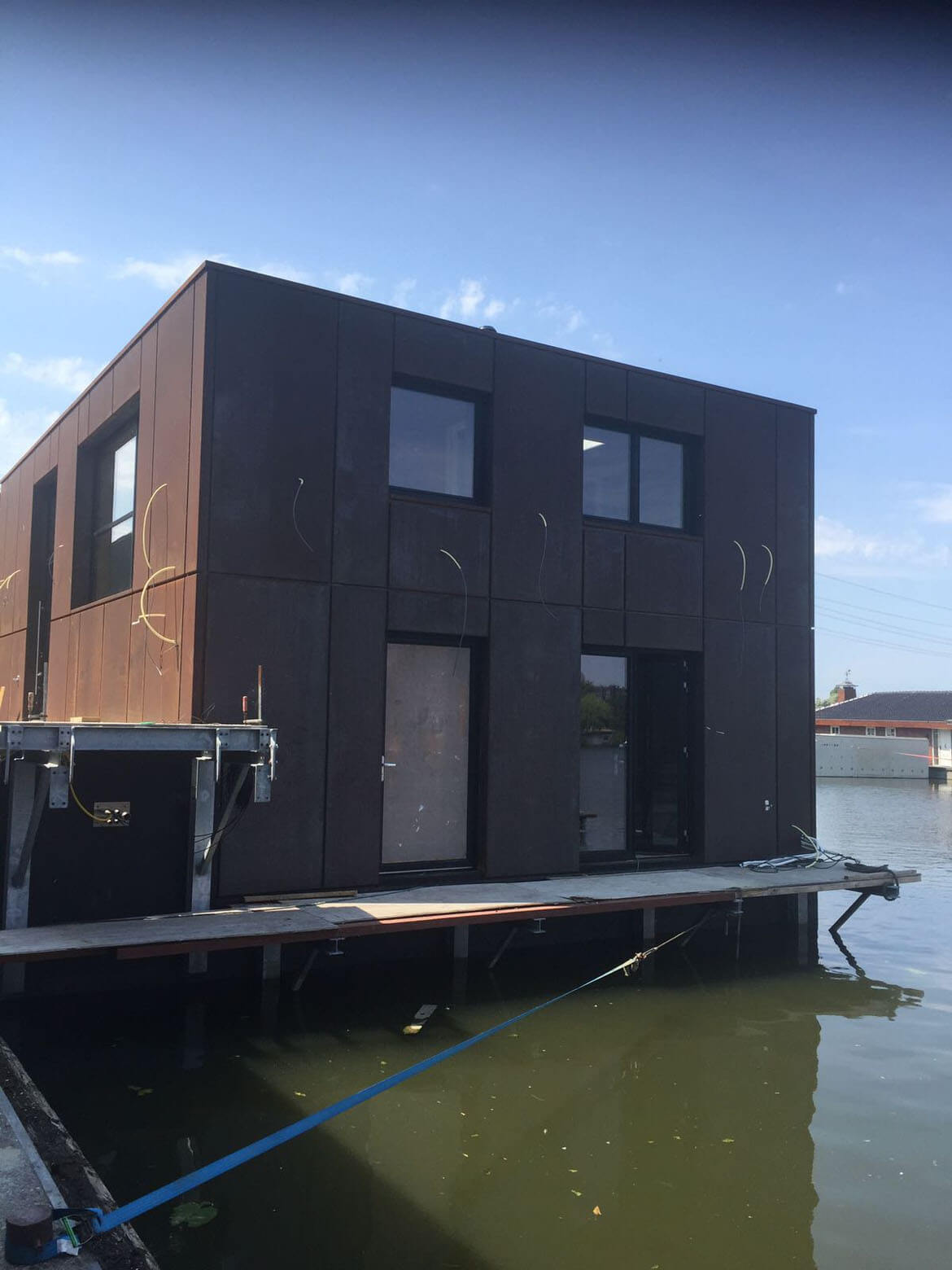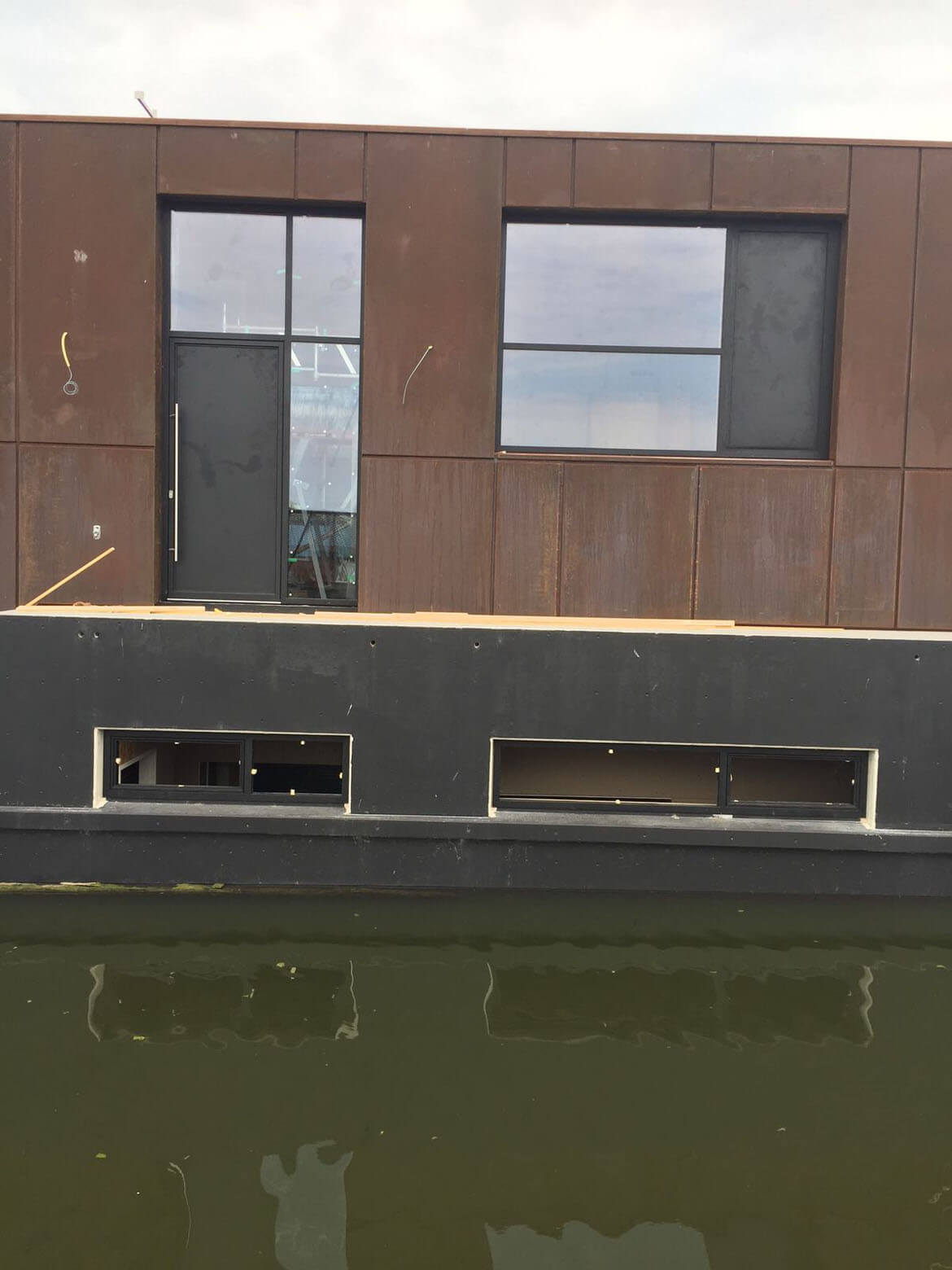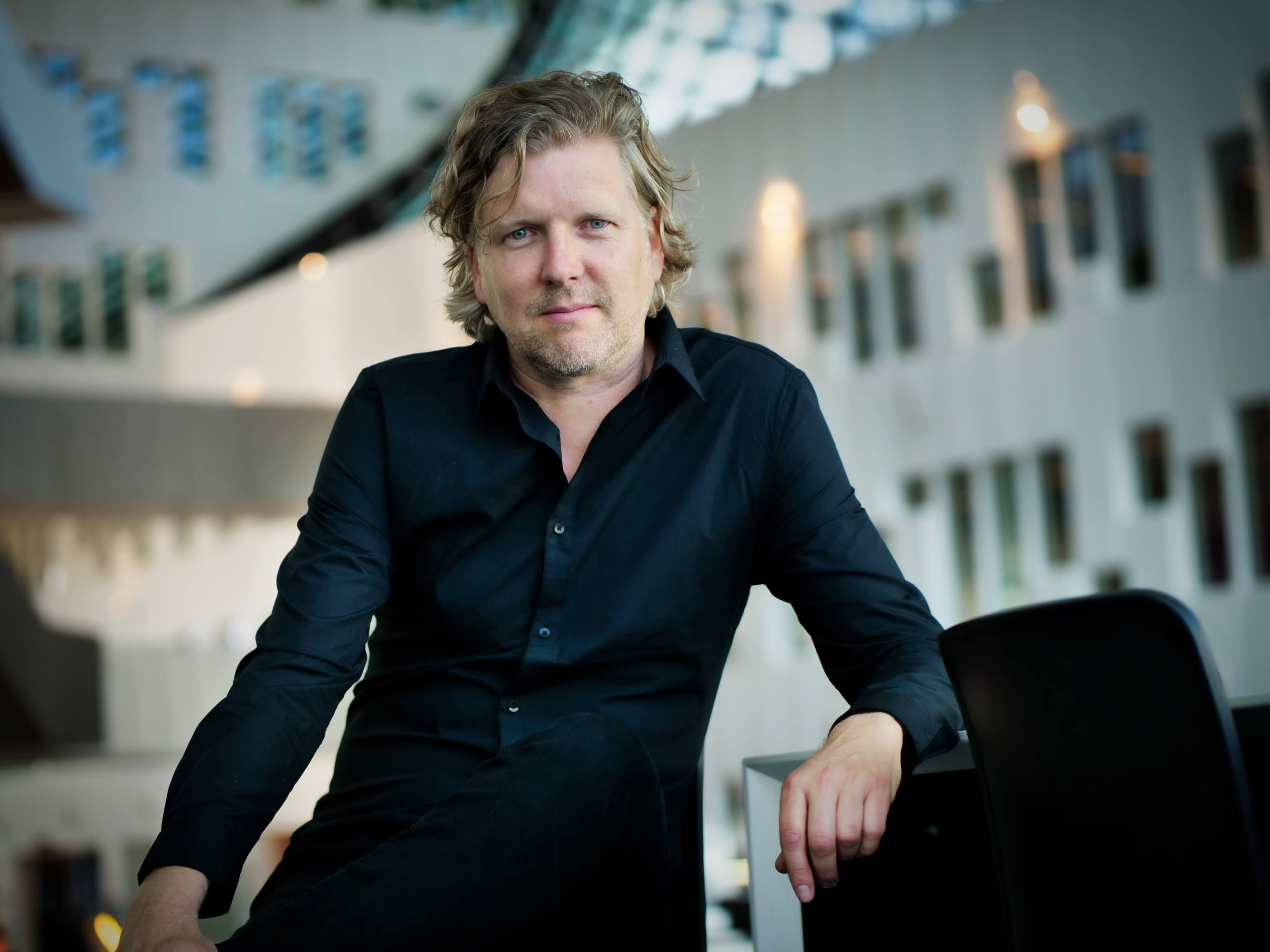3rd International Conference on Amphibious Architecture, Design and Engineering
By ICAADE
May.21.2019
Koen Olthuis will be a keynote speaker at the ICAADE Conference on Amphibious Architecture, Design and Engineering.
The International Conference on Amphibious Architecture, Design and Engineering (ICAADE) 2019 will bring together researchers, practitioners, authorities, students, NGOs, communities, and investors to discuss amphibious construction. Amphibious construction allows otherwise-ordinary structures to temporarily float in-place when flooding occurs.
ICAADE is an international conference held every two years, with the 2015 edition in Bangkok, Thailand followed by 2017 in Waterloo, Canada.
This year’s conference will focus on the land-water dichotomy. In amphibious design and resilience practices, it is critical to consider the interplay of natural, technological, and human interactions. With shifting perspectives, this conference reflects on shifting boundaries and water levels.
With the keynote speeches, plenary sessions, poster presentations, and workshops, ICAADE aims to create effective discussion, promote the sharing of ideas, and foster future collaborations.
Keynote speakers include:
Koen Olthuis / Waterstudio.NL
Richard Coutts / Baca Architects, UK
Abstracts for papers and oral presentations are currently being accepted.
Early bird registration is available through July 15.
For more information, please visit the ICAADE website.
-
Title
3rd International Conference on Amphibious Architecture, Design and Engineering -
Type
Conference -
Organizers
ICAADE -
From
October 13, 2019 09:00 AM -
Until
October 16, 2019 05:00 PM -
Venue
Warsaw University of Technology, Faculty of Architecture -
Address
ul. Koszykowa 55, Warsaw, Poland
Click here for the source website

